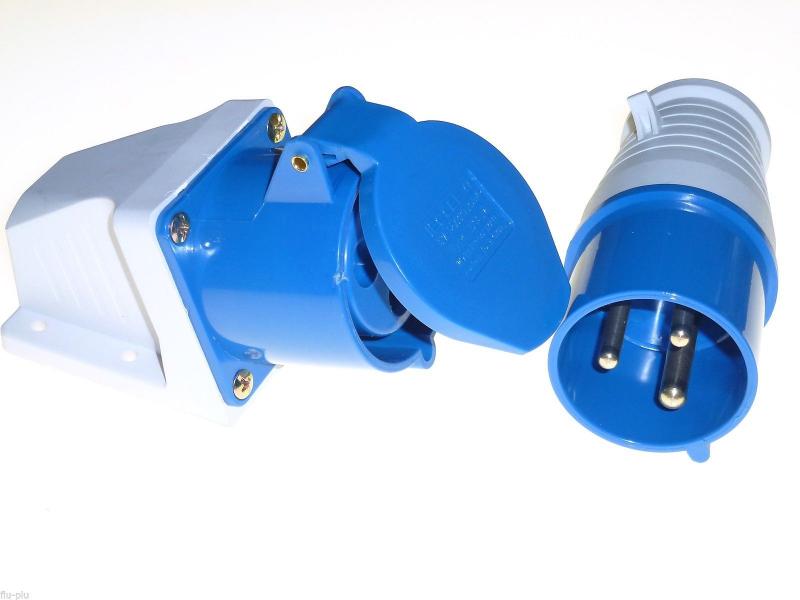Hi, Fed up of tripping over the wire from the distribution board to boat on a floating pontoon. I would like to screw a socket to the decking / pontoon and then clip the wire neatly and under the decking rather than running over the top of decking.
My question is - can this socket be mounted on a flat surface? or is it for mounting on a wall etc only ? It says surface mounted but does that mean it can be basically screwed to the floor?
Discription -
32 Amp 3pin Plug and Socket
Description:
1x - 32A 3Pin Waterproof Plug (male)
1x - 32A 3Pin Waterproof Wall / Surface mounted Socket (female)
- 220V - 250V [Volt]
- 2P+Earth [ Single Phase ] - earth pin position 6h (hour designation)
- Weathrproof to IP44
- Suitable For Camper Vans, Caravans, Motor Homes, Refrigerated Van, Power Tool, Workshop, Engineering, Compressor etc
Brand: Knightsbridge / ML Accessories
]
My question is - can this socket be mounted on a flat surface? or is it for mounting on a wall etc only ? It says surface mounted but does that mean it can be basically screwed to the floor?
Discription -
32 Amp 3pin Plug and Socket
Description:
1x - 32A 3Pin Waterproof Plug (male)
1x - 32A 3Pin Waterproof Wall / Surface mounted Socket (female)
- 220V - 250V [Volt]
- 2P+Earth [ Single Phase ] - earth pin position 6h (hour designation)
- Weathrproof to IP44
- Suitable For Camper Vans, Caravans, Motor Homes, Refrigerated Van, Power Tool, Workshop, Engineering, Compressor etc
Brand: Knightsbridge / ML Accessories


